Police Procedure And Investigation: Behind The Scenes
Writing Police Procedure and Investigation involved much more than sitting in front of my computer and banging out memories of my former career. Sure, I’d had my share of experience and plenty of it. As a police officer, I’d seen the best of times and I’d seen the worst that there was to offer. I’ve been to murder scenes that were straight out of the Sopranos, and I’ve helped change tires for stranded motorists. I’ve seen the terror in the eyes of the children whose father took them hostage at gunpoint. And I know what it’s like to shoot and kill someone who was shooting at me.
Still, all that didn’t prepare me for what needed to go into this book. So, I set out on a journey across country with notepads and pens. I visited every expert who was kind enough to answer a few questions. I also contacted many of the police supply companies around the world. The result of my research (nearly three years of it) is the book pictured above. A regular reader of this blog was kind enough to send me the photo.
The research was fun, sort of like living an entire career all over again. I met many new friends and learned many new things. But the thing that stuck with me the most is that cops everywhere are basically the same. They were very helpful, wanting to help writers get their facts straight. And they are very dedicated to their jobs.
By the way, I visited many, many police departments during the journey and never once saw a single doughnut. Bottled water, yogurt, salads, and bagels, yes. However, there were plenty of sweets to go around in each of the morgues I toured.
Here are a few photos taken during the research trip. Some of them made it into the book.
Want to join me on the next research trip? Then please consider attending the 2011 Writers’ Police Academy because these are the sort of things we’ll be doing and learning about. Registration and new website open soon. Contact me for details.
*Due to the overwhelming response to last year’s event we will have limited space this year, so register early!

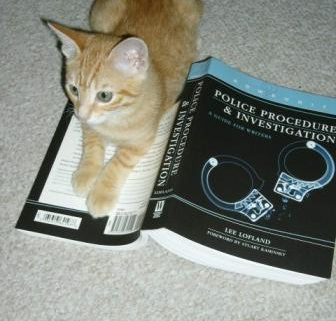


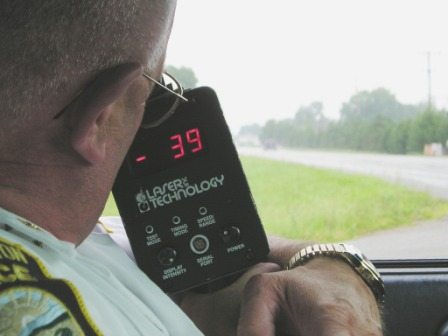

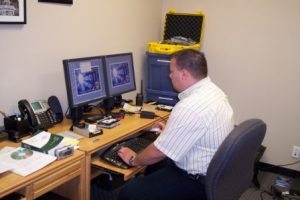
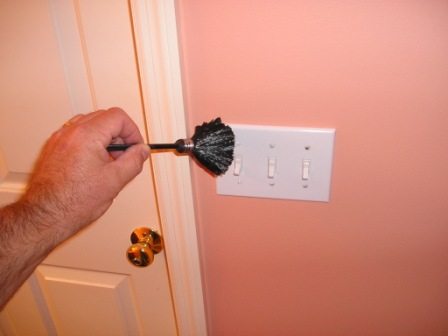


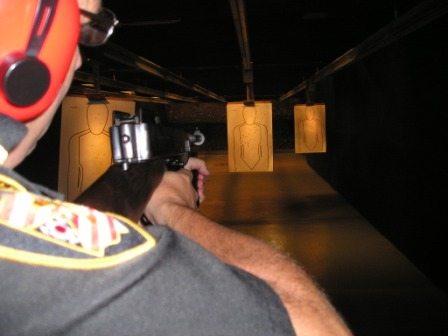
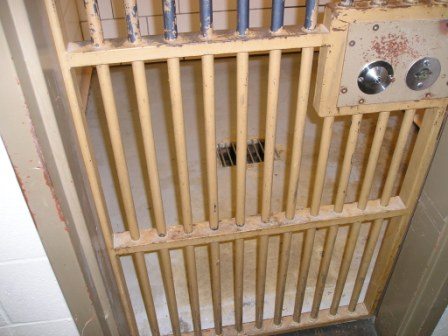

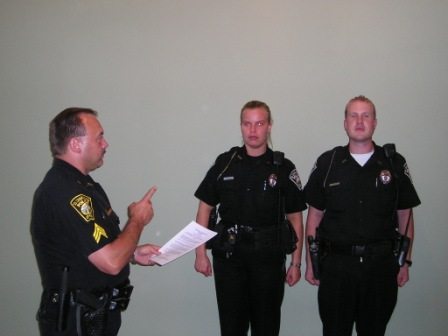
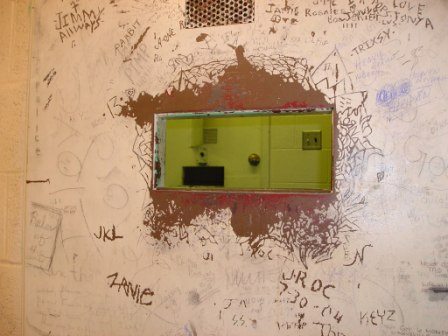
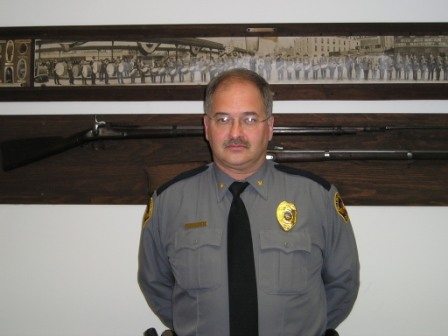

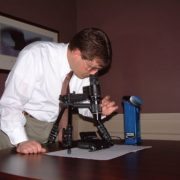


The cat in my house is the toughest occupant. As I remind everyone, she is the only one in the house that’s a killer.
I suppose, Pat, that after the proper training they’d become “claw” enforcement officers.
Pictures were interesting and informative, but I love the kitten. I guess I don’t have the only cat that likes your book. Kitten wants to be a LEO when it grows up. Its hoping they will soon have Kitty 9 Units. But what will they do? Scratch the criminals?
Hi Linda,
Yes, Lee put a picture of an uninoculated plate on the blog. If both E. coli and P. mirabilis were on the plate it would be very easy to separate them as E. coli is a lactose fermenter and P. mirabilis is not. The plate was set up to demonstrate how they two organisms can be distinguished due to differential characteristics of the agar. P. mirabilis does swarm on tryptic soy agar with blood – swarming is inhibited on the MacConkey plate. Thanks for the insightful comments.
Denene
Lee,
I love that kitten!
I do, however, wonder about the picture of the bacteriology media plate. It is labeled with E. coli and P. mirabilis. It doesn’t look like it has been incubated yet as I don’t see any visible colonies or growth. The problem with having those two bacterias on the same plate is due to the swarming nature of Proteus species. Proteus mirabilis is NASTY. It stinks to high heaven and I can tell just by opening an incubator when there’s P. mirabilis growing. If the intent was to show a mixed culture of having Eschericia coli being present under the overwhelming bacterial film of Proteus, then I suppose it makes sense.
Then again, that’s me. I tend to fixate on really small details. BTW, there’s another species of Proteus that has a nastier sounding name: Proteus vulgaris. It does not have the same obnoxious, migraine inducing smell that P. mirabilis. I wish we could just swap the names so that the one who reeks was labeled vulgaris.
Cheers,
Linda